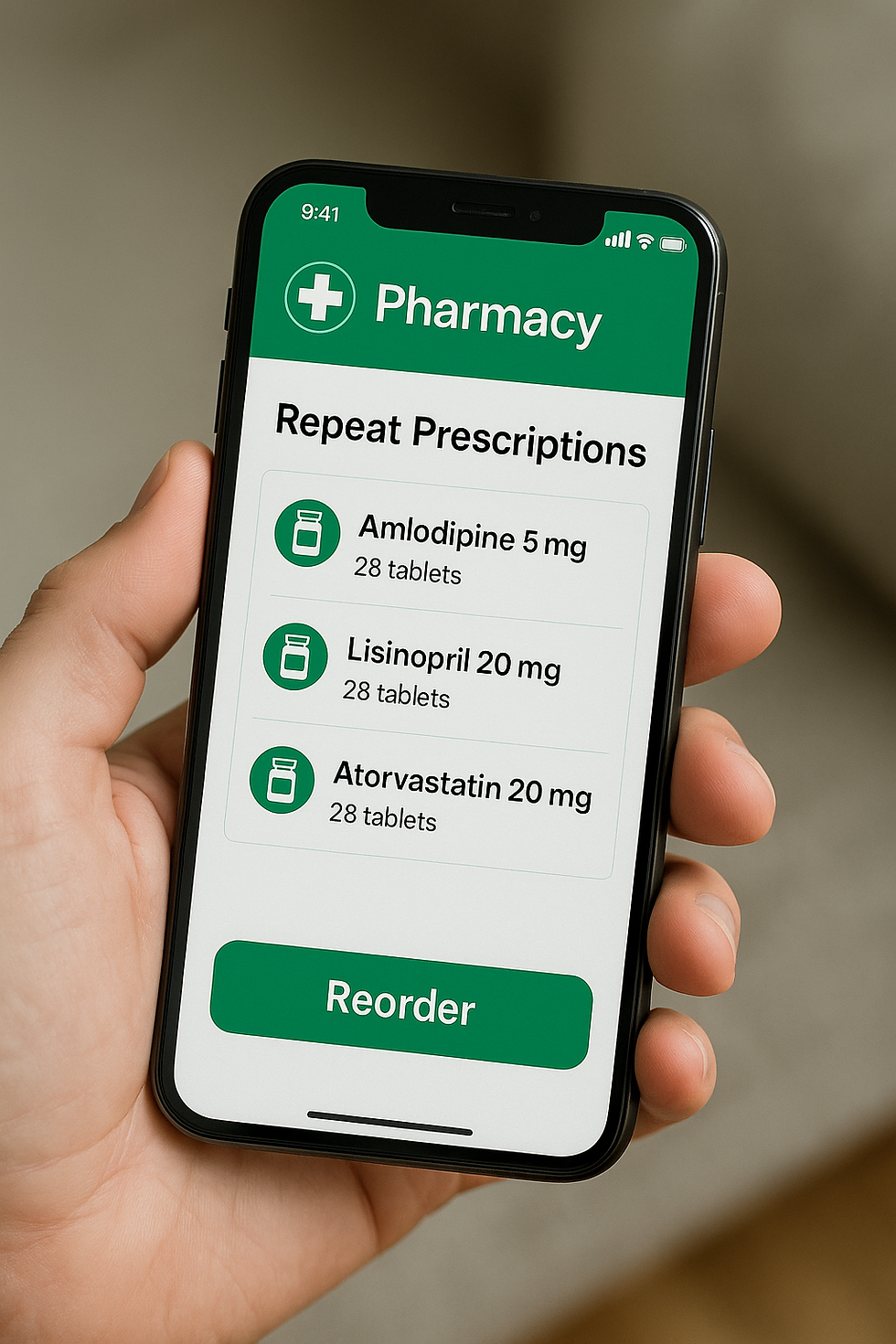How BI Reports Can Transform Pharmacy Operations
- Kyle

- May 6
- 3 min read
Earlier today, I received a message from another EPMA pharmacist in an email group chat. He asked what kind of reports he should request from his BI (Business Intelligence) team to help pharmacy operations. I replied with some suggestions based on what we've already built in collaboration with our own BI colleagues and it got me thinking.
Over the past few years, we’ve created some genuinely powerful reports with the help of our BI Team. While only colleagues in authorised roles have direct access to patient data for governance and security reasons, the partnership between EPMA and BI is what really brings the reporting process to life.
We in the EPMA team don’t write SQL queries or extract data ourselves (even though we have a fantastic EPMA Technician who is very proficient with SQL), but we do know exactly what we’re looking for, and more importantly, where in the Electronic Patient Record (EPR) that data lives. We guide our BI colleagues by providing the precise data item names and table references from the backend. They then work their magic, running queries and presenting the information in user-friendly Tableau dashboards.
These reports have become essential to how we operate in pharmacy.

Here are five that have made the biggest impact:
1. Clinical Check Report
This report highlights prescribed medication items that are still awaiting a clinical check. It is especially useful for quickly spotting critical or high-risk medicines that need to be reviewed by a pharmacist. It helps ensure that nothing important slips through the cracks.
2. Delayed & Omitted Doses Report
This one flags medication doses that have been:
Omitted (with reasons for why)
Administered late
Still overdue
It is incredibly useful for identifying stock issues or workflow breakdowns. For example, we’ve used it to flag delayed antibiotic doses or missed insulin administrations and act quickly to resolve them.
3. Medicines Reconciliation Report
This dashboard shows all patients who have had a Medicines Reconciliation completed, timestamped against their Length of Stay. It is invaluable for performance management and helps allocate pharmacy resources more effectively, especially when prioritising new admissions.
4. Antimicrobial Stewardship (AMS) Dashboard
This tracks all antimicrobial prescribing across the organisation, including:
Indications for prescribing
Whether an Order Set was used (ensuring adherence to the Trust guidelines)
It’s a vital tool for antimicrobial stewardship teams and helps maintain high standards for safe and appropriate antibiotic use.
5. Prescribing Report
This report captures every medication order generated in the system, with filters for:
Medication name
Timeframe,
Ward location,
Prescriber identity, and more.
It provides a full picture of prescribing trends and patterns across the hospital, extremely helpful for audits and service improvement.
These reports don’t just sit on a dashboard, they support operational decisions, help us prioritise pharmacist workloads, and shed light on areas where performance can be improved. They’ve become part of our daily practice and inform everything from staffing decisions to safety reviews.
It is important to say that BI reports aren’t a magic fix for every problem. But when used well, they tell a story. They highlight where the issues are and help direct attention and workforce resources in a more strategic, data-driven way.
If you are an EPMA or pharmacy lead wondering where to start, start by building relationships with your BI team. They hold the keys to the data, but you hold the insight into what is clinically meaningful.




Comments